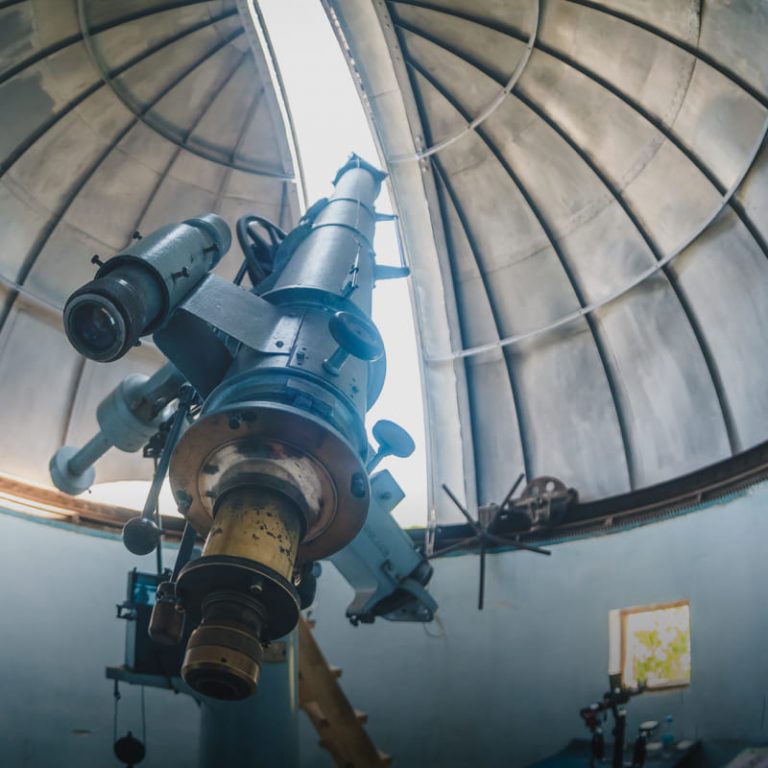Ukraine is among the leading countries in Europe in regards to the number of astronomical observatories. During the 19th and 20th centuries alone, seven large observatories were opened at scientific institutions, which still operate today. One of the oldest observatories is in Odesa. Not long ago here, a telescope was restored, and it is now possible to see the stars using this telescope which is over 100 years old. This observatory is the only one in Ukraine which has facilities for making telescopes. Created by local experts, Ukraine’s largest telescope operates at a station in the village of Maiaky.
Astronomical research has a long history in Ukraine. Different symbolic images and ornaments depicting people’s idea of the Universe can be found in the ancient human settlements During the times of Kyivan Rus, astronomical objects were observed from monasteries, and later, from educational institutions. One of the first astronomical rooms in Ukraine was established in the second half of the 18 century at the library of the Kyiv-Mohyla Academy.
In order to follow the pattern of astronomical phenomena, it is necessary to systematically make observations and record the results. For this purpose, observatories were created at educational and scientific institutions in Lviv, Mykolayiv, Kyiv, Odesa, Kharkiv, Simeiz, among other places.
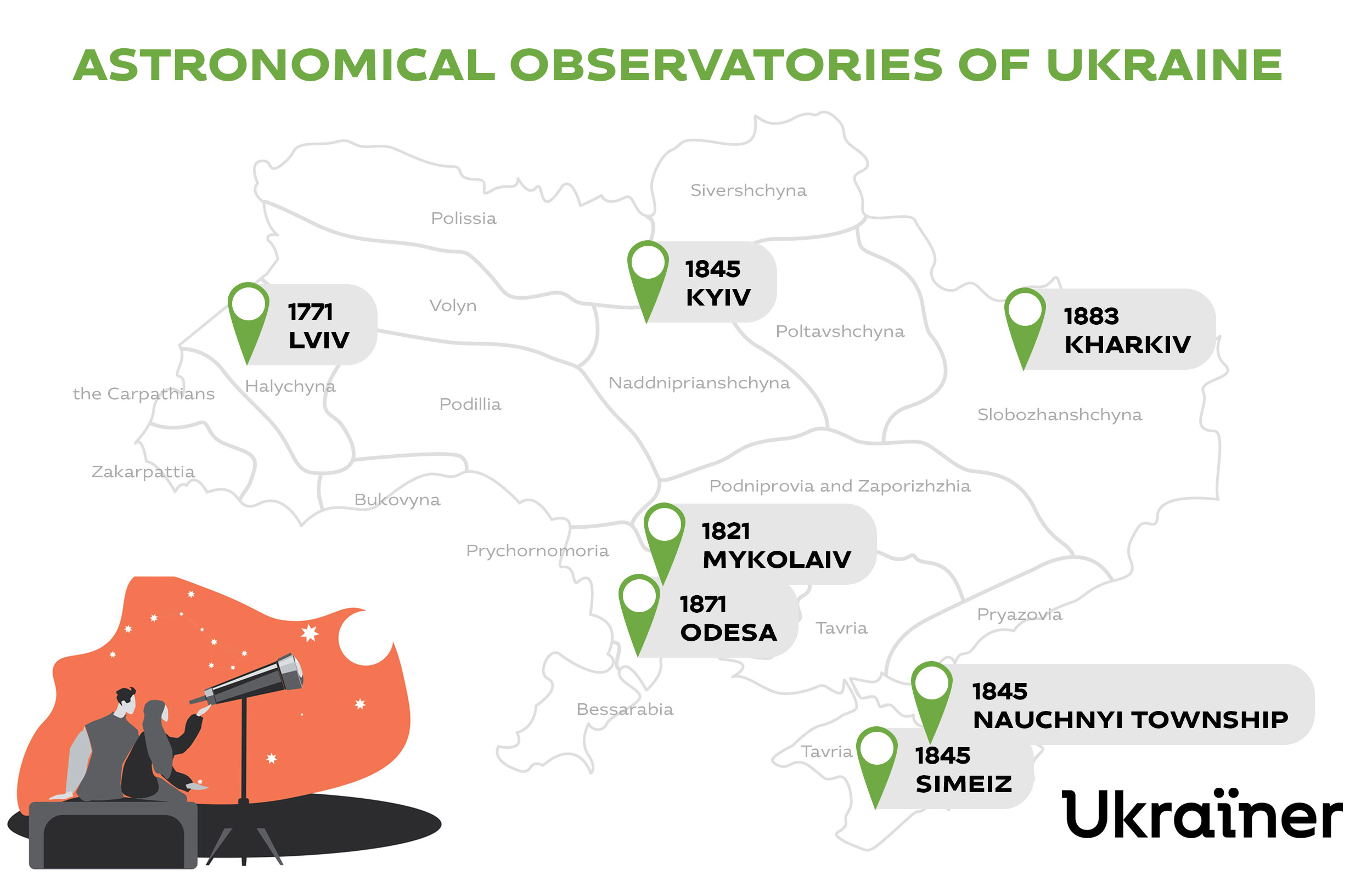
The Observatory in the city: Odesa
One of Ukraine’s oldest astronomical observatories which still operates today is in Odesa. It was founded in 1871, almost a century after the founding of the sea trading port. The port city needed accurate navigation tools and data to regulate maritime traffic.
In 1817, Richelieu Lyceum was opened in Odesa, where there was a special class with topographic and astronomical instruments, including telescopes. “Whether that class performed any practical work remains unknown, so the recorded history of the observatory began in 1865 with the opening of what is now the Odesa Mechnikov National University. The observatory still exists as a unit within the university today, where students can study and do practical work.

Besides scientific and educational work, the observatory has completed a number of assignments from the city. In the second half of the 19 century, one of the most accurate ways to compare clocks was astronomical observation. The exact time on the main clock of the town was compared with the observations of the sun. Also, the observatory’s workers oversaw the accuracy of chronometers on ships which came into port. Land and astronomical surveys made it possible to track the accuracy of compasses and sextants.
After gas lanterns came to Odesa, the observatory’s staff determined the time of day when they would need to be turned on and off.
The plot of land for the observatory was allocated by the local authorities in the Lanzheron stretch. At the same time, in the 1870s, Oleksandrivskyi Park (now known as Taras Shevchenko City Park) began to expand. It is still considered one of the city’s largest parks. There are records that the observatory’s staff helped plant trees in the park.
Researcher and guide of the Odesa Observatory, Osman Shakhrukhanov, says that the round tower of the observatory was designed by the main city architect of the time, Oleksandr Bernardatstsi.
“This place was on the outskirts of the city. According to documents from the time, the Lanzheron stretch was a wasteland. The area was selected for development for this reason.”
Sextant
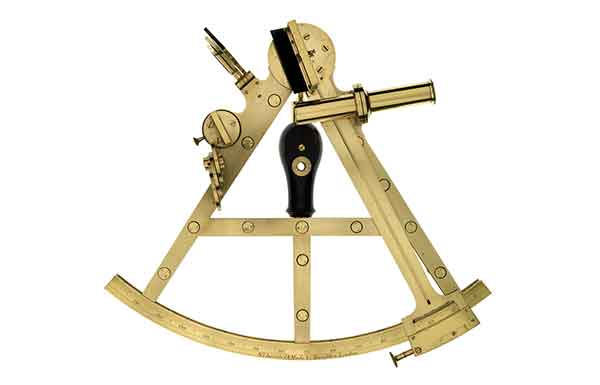
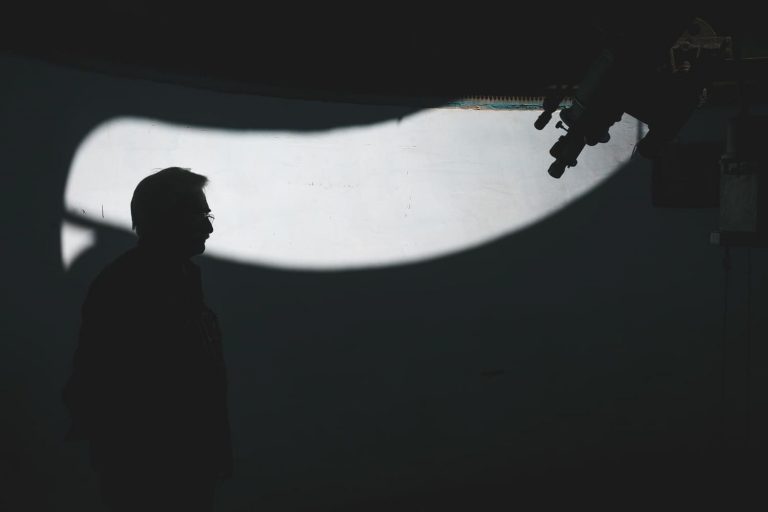
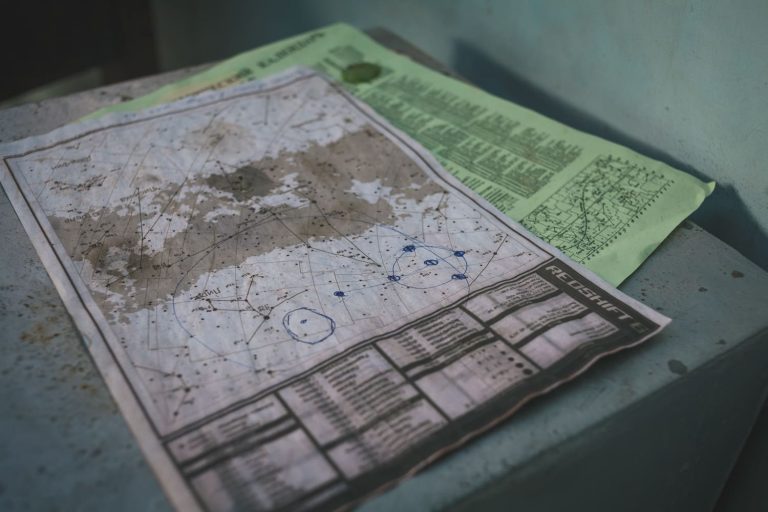
slideshow
Telescopes
For centuries, scientists used optical telescopes which are based on lenses or mirrors. These are called refractive and reflective telescopes, respectively.
In the 1930s, cosmic radiation was first recorded in the United States. Since then, radio telescopes that explore cosmic objects in different frequencies have also been used. Astronomy is becoming more of computer science, which models and explores the universe in ultraviolet, infrared, and other light wavelengths.
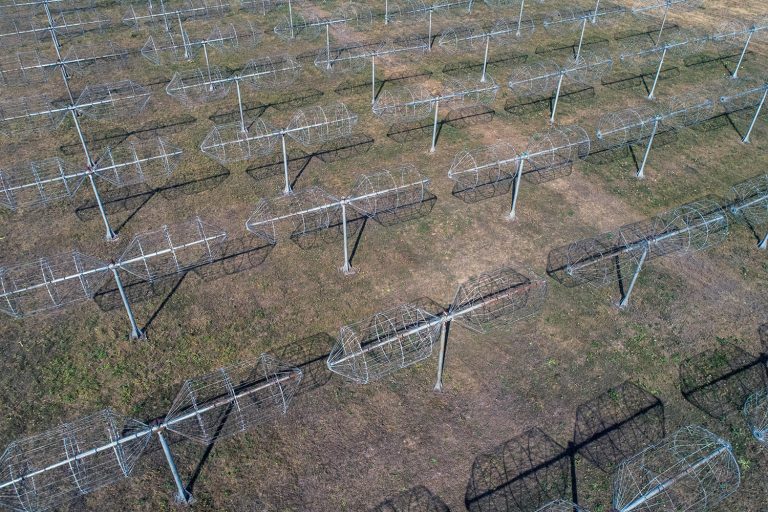
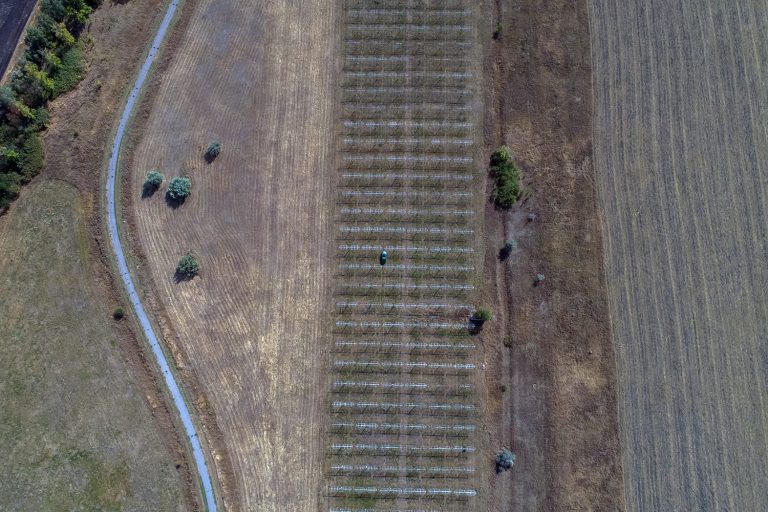
slideshow
After the Second World War, radio-astronomical research began developing in Ukraine. One of the largest T-shaped decametre wave radio-telescopes in the world — known as UTR-2 — was built 70 kilometers from Kharkiv. It takes up the space of approximately 25 football fields, and is still in operation today.
Leading the observatory in the second half of the 20th century was Ukrainian astronomer Volodymyr Tsesevych, who formed a team to make telescopes with lens diameters ranging from 40 to 100 centimetres. The largest of the telescopes made by Tsesevych’s team is located at the Vihorlatská Observatory in Humenné, Slovakia.
“Our observatory was the only one in the Soviet Union which made telescopes on its own. Here [in Odesa] there are workshops for the mechanic components. In Maiaky there are workshops for the optical components.”

The observatory’s current financial situation does not cover the cost of manufacturing powerful telescopes. However, workers continue to manufacture smaller devices for scientific needs. Thanks to computer-based research and international cooperation, the Odesa observatory is able to receive and analyze high-quality scientific information.
The highlight of the Odesa observatory is the mechanical refractor telescope made by the English company T. Cooke & Sons, which was installed in the observatory’s tower during the 19th century. It was a very powerful instrument for observation at the time. Around 4,000 photographic plates from this telescope remain in the observatory’s archives. They recorded mostly variable stars, comets, and asteroids.
“The telescope was purchased in 1886, using funds donated by a doctor who left his lifetime savings to the university for scientific purposes. It was with this telescope that the history of astronomy in Odesa began.”
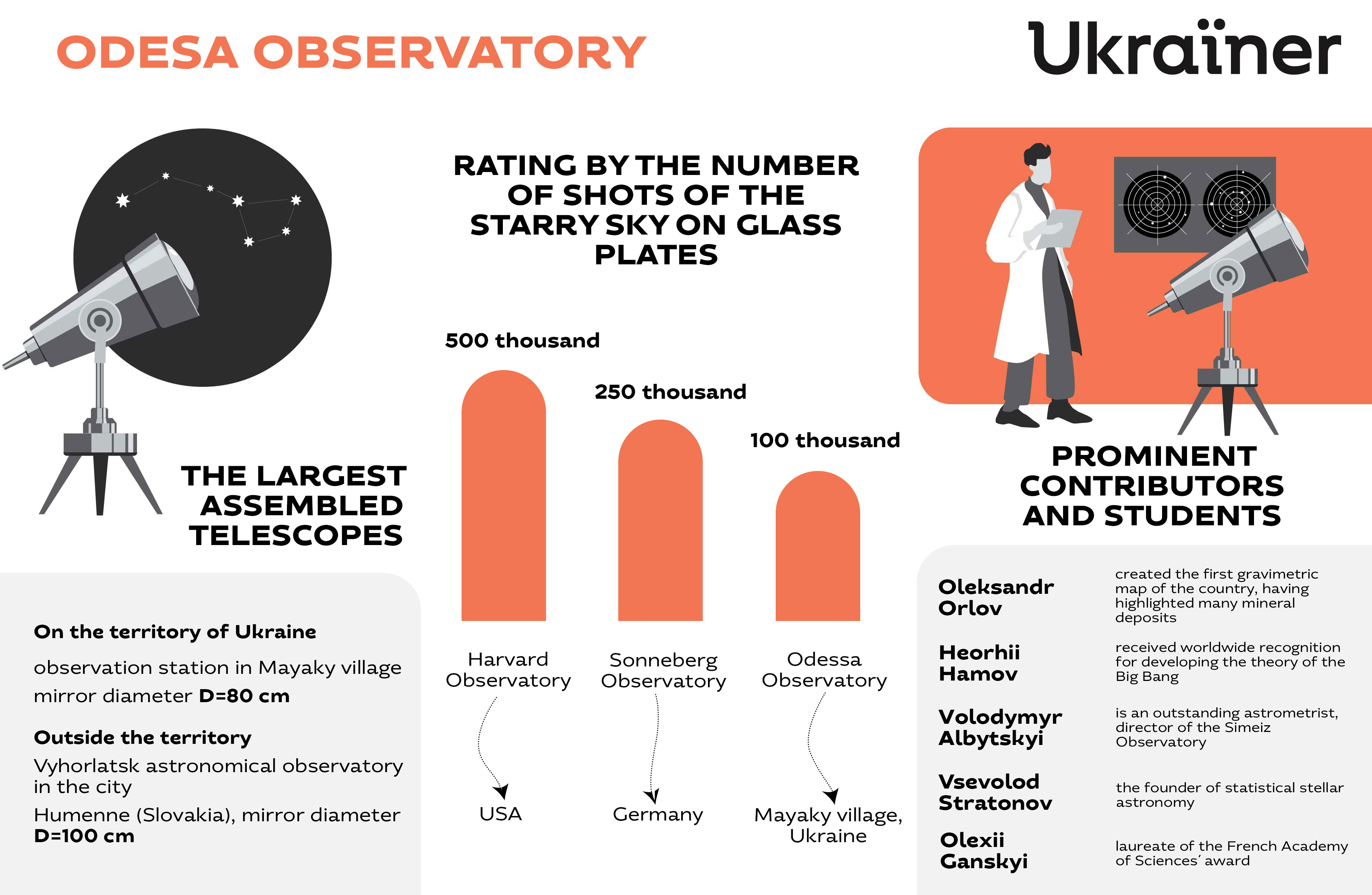
In the late 1950s, when the new observation station began to operate in the Maiaky village, the telescope in Odesa stopped being the main instrument for the scientists [due to becoming outdated]. Nevertheless, it still remains a very valuable exhibit:
“This is the history of science. This has a large importance for children, young people, and students. They can see the stars and planets.”
Osman Shakhrukhanov says that this is the only telescope in the observatory that can be used for viewing; modern telescopes, after all, do not have a visual channel.
In 2019, the telescope was restored by the specialists who used to work in the telescope-making workshop of the observatory. The restoration was funded by patrons of the observatory.

Osman
Osman Shakhrukhanov remembers this telescope from the time that he was a university student in Odesa. Around 40 years ago, the scientist intertwined his life with the observatory:
“I began working here after university, in 1982. Before that, I had already been working in the observatory as well and taught, starting in my third year of study.”
Osman was born in Dagestan, in the northeastern Caucasus:
“I am originally from Dagestan. There, the sky is a lot more beautiful than it is here. The Andromeda Nebula can be seen directly in the sky, without any telescope. It is visible from the highlands. But I did not only want to see the Nebula, I wanted to have the change to go there one day.”

In the 1980s, the researcher was able to visit different observatories throughout the Soviet Union, but liked the one in Odesa best.
“When I came here, the observatory was undergoing intense development, with 150 people working on serious projects. The practical ones, such as, developing equipment for telescopes and electronics. University-based observatories had less funding than others; however, among these university-based observatories, this was the most advanced. Odesa always found a way out and was able to solve problems. Probably this is what makes it so attractive.”
In Osman’s opinion, the problem with modern science is the tendency to create theories without practical evidence, and pursuing a large number of purely theoretical publications. He wishes that practical application would be the priority of science.
“Science should lead to the expansion of experience. If it is disconnected from experience, it simply turns into science fiction.”
In the observatory, Osman Shakhrukhanov studies the properties of space and the speed of light, studies the effects of gravitational induction, and also is developing his own theory of the universe’s origin.
“I would like for this place to develop. The knowledge we have accumulated is needed, if not for research then for education. Therefore, of course, you cannot just be innert. If not updating and restoring, then at least maintaining the existing facilities. We may not benefit from this anymore, but our children absolutely will.”
Besides large scientific institutions, Ukraine has also private, amateur, and school observatories. Previously, we shared a story of Baikivtsi community, which helped to open the first rural automated observatory in Ukraine.
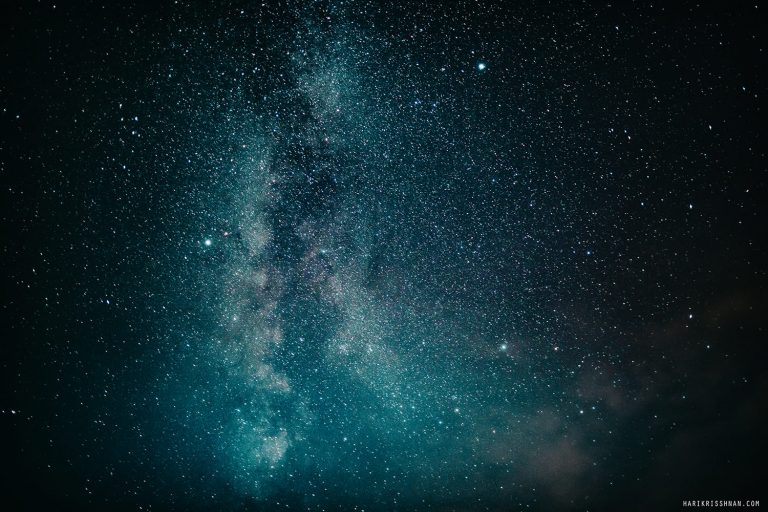
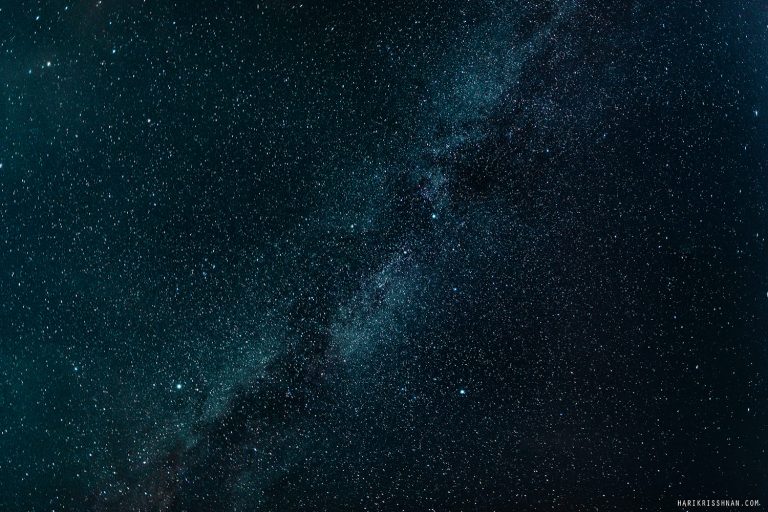
slideshow
Amateur astronomers observe objects and phenomena in space with the help of typical optical telescopes and radio-telescopes. Amateurs are also involved in astrophotography. It is interesting that astronomy is the type of science which amateurs can contribute to, as they do spot metering, detect comets, and observe variable stars.
Astrophotography
Photography of areas of the night sky.Observation outside the city: Kryzhanivka and Maiaky
As a part of the astronomy department at the Odesa university, the observatory is a base for scientific experiments. Here they study the movement of celestial bodies (astrometry); conduct astrophysical studies of the sun, planets, and stars; and study the Earth’s gravitational field (gravimetry). Currently, the most active studies focus on studying the chemical composition of stars, and the structure of the Galaxy.
It was here that Ukrainian scientist Oleksandr Orlov created the first gravimetric map of Ukraine, which successfully located many mineral deposits. The observatory also organised a geodetic survey of Odesa’s estuaries and coastal slopes, the first survey of the city’s streets, and researched the problem of landslides and the impact of tides.
Geodetic survey
Allows researchers to get a topographic plan of the area’s terrain.With time, conducting scientific observations in Odesa became difficult, as the city grew and became more illuminated. For this reason, at the end of the 1950’s, a few new observatory stations were built several kilometres from the city, in the villages of Kryzhanivka and Maiaky.
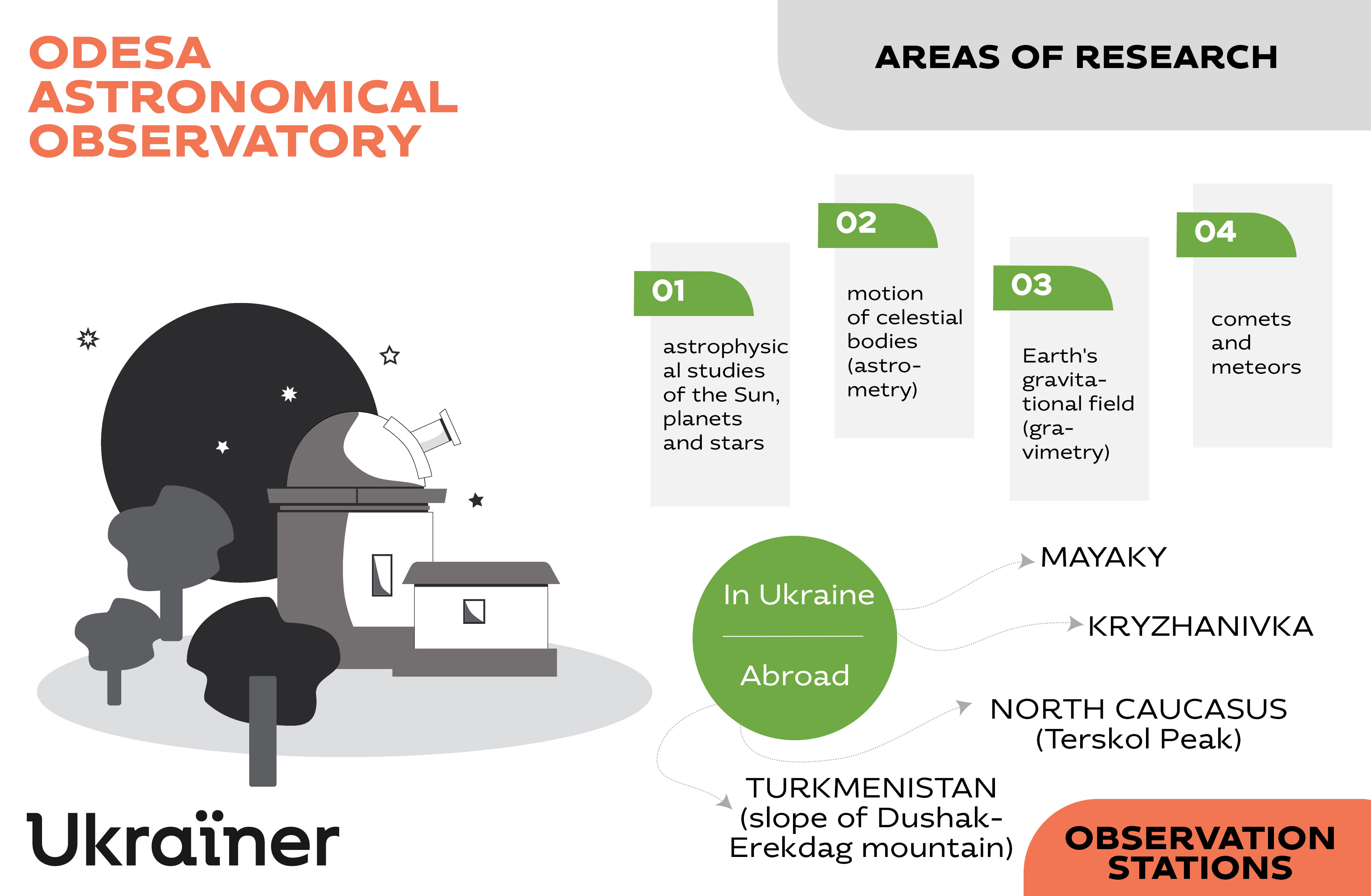
At the observatory station in Maiaky, there is a valuable collection of images of the starry sky on glass plates. This library includes more than 100 thousand plates created between 1909 and 1989. Part of the archive includes plates that Ukrainian astronomers were able to take out of the observatory in Simeiz following the occupation of Crimea. The archive of photos, which shows the path of comets and other events in space, occupies several rooms of the administrative building. This library in Maiaky is the third largest collection in the world, after the collections at Harvard’s observatory (United States) and the Sonneberg observatory (Germany).
The observatory’s most powerful telescopes are in Maiaky. The main focuses of its work include: observing geostationary satellites, photometry of variable stars, and observation of the Moon and meteors.
There is a meteor patrol in the village of Kryzhanivka, which has been conducting regular observations of telescopic meteors (starfalls) since 2003. To do this, they use an upgraded device based on the Schmidt telescope, which allows for the observation of meteor phenomena in motion.
The Schmidt System
One of the mirror-lens optical systems widely used in astronomy.Researchers at the Odessa observatory also have access to high-altitude astronomical stations in the North Caucasus (Terskol Peak) and Turkmenistan (the slope of Mount Dushak-Erekdag).
The observatory issues the annual English-language scientific journal Odesa Astronomical Publications, which features articles on astronomy, astrophysics, space research, and conference materials. The observatory also has another annual publication — The Odesa Astronomical Calendar — which describes all the significant astronomical phenomena in the current year.

The planetarium: Another life
Since the 1960s, one of the centres of astronomical education in Odesa has been the planetarium, located in a seminary near the railway station. In the atheistic Soviet Union, it was common to place industrial and scientific institutions in church buildings, and in Odesa it was no exception. In the early 1990s, with the collapse of the USSR, these premises returned to Church ownership and the planetarium ceased to exist as it had before.
According to the observatory’s researchers, only a small part of the exhibits and equipment of the planetarium was saved. It was not possible to restore the planetarium from scratch due to the unaffordable cost of equipment at that time.
As Osman recounts: “The planetarium was on the site of the church in Soviet times; then this building was given back to the church. When we arrived, everything had been destroyed [due to neglect — tr.]. Then I restored the telescope and we were able to conduct tours. Now several employees are conducting lectures and excursions. We have a lot of visitors, and people are interested.”

At the beginning of the 21st century, as an alternative to a planetarium at the astronomical observatory, a lecture hall was built, where employees hold lectures and other meetings.
In 2017, through the Odesa online platform “Socially Active Citizen”, the observatory received funding to help open a digital planetarium on site.
In order to raise the necessary funds for the digital planetarium, the observatory held a “Star Fest” in the summer of 2018, which included a number of events for children and adults. Built on the site of the old garage, the new digital planetarium has been operating in test mode for some time. In July of 2019, the observatory hosted “Star Fest” again, which already included activities in the renovated planetarium. This time, the festival raised funds for the arrangement of the museum observatory, observation and lecture rooms.
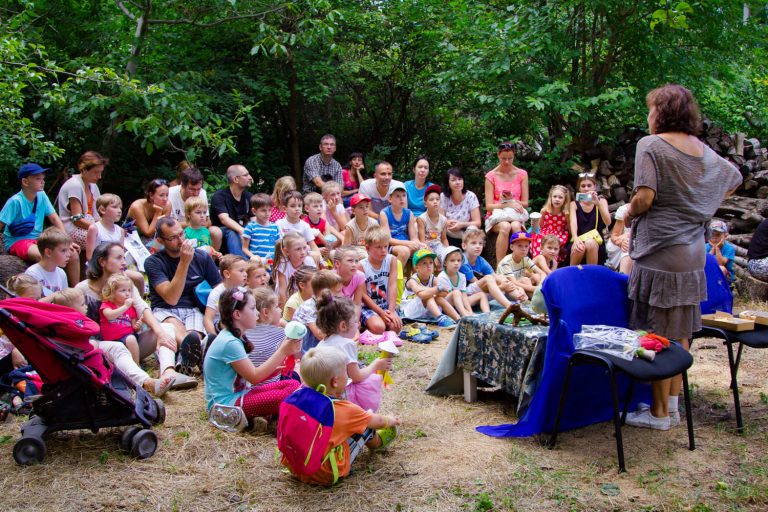
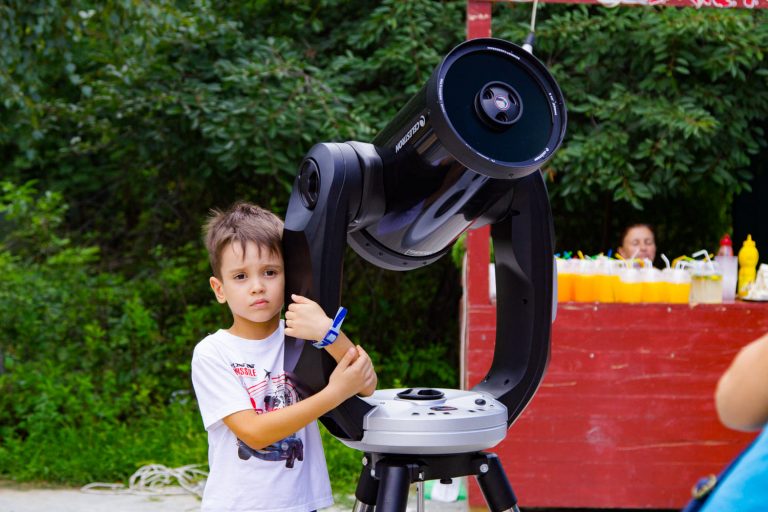
slideshow
Before the reconstruction the observatory only had a multimedia lecture hall with a screen for image projection. The digital planetarium is equipped with a new projector, which displays a computer model of the sky across the entire dome.
“This is necessary for educating children. Although it is a small planetarium, it nonetheless makes an impression on the children, especially since we offer tours. We have a huge amount of guests — not only from Odesa, but from all over Ukraine and from all over the world.”

